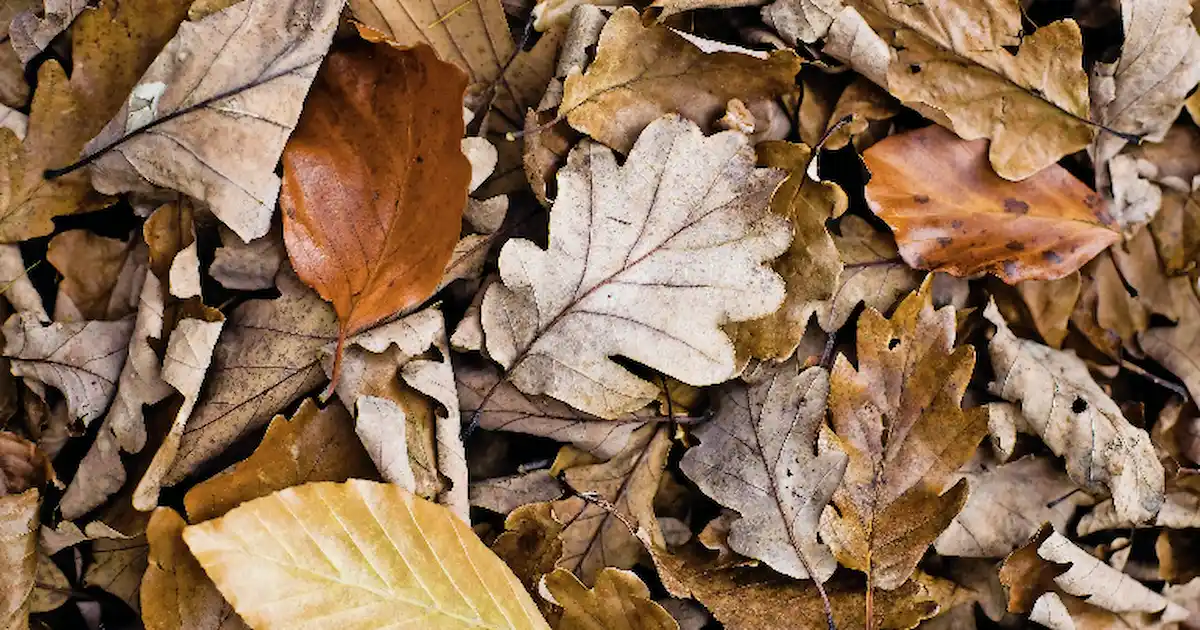Hi all my Cory loving friends!
I'm back in the hobby after a 10 year absence. The entire reason I am back is to have a set up that is Cory focused. They are the top priority in my tank and everything needs to revolve around what they like best. My set up is 110 L (24 G) and the footprint is 81cm x 35cm (32" x 14"). It's currently on a fishless cycle and the substrate is sand and x2 bits of fairly large bogwood, both chosen to be able to provide some cover/shelter for the Cory's. Other tank mates yet to be decided on. Plan is for a planted tank. Vallis, moss balls, simple stuff, but fully planted.
Anyone experienced in, or knowledgeable about adding dried leaves to sit on the sand? I don't want to confuse the Cory's or make their life harder. I'm not talking about one or two perfectly formed larger leaves, but there would be multiple "bits" of dried leaves scattered. I like my substrate to look natural. Not too interested in a perfectly clean and tidy substrate (unless my preferences cause problems for the Corydoras). If it matters on types of Cory, I am going to start simple. Albino and Bronze.
Thoughts? I'm also keen on water chemistry impact of dried leaves if anyone knows? I live in London UK, and my tap water is hard (not sure how hard, yet to test), and the pH would be somewhere between 7.5 to 8.0 (yet to test).
Thanks.
I'm back in the hobby after a 10 year absence. The entire reason I am back is to have a set up that is Cory focused. They are the top priority in my tank and everything needs to revolve around what they like best. My set up is 110 L (24 G) and the footprint is 81cm x 35cm (32" x 14"). It's currently on a fishless cycle and the substrate is sand and x2 bits of fairly large bogwood, both chosen to be able to provide some cover/shelter for the Cory's. Other tank mates yet to be decided on. Plan is for a planted tank. Vallis, moss balls, simple stuff, but fully planted.
Anyone experienced in, or knowledgeable about adding dried leaves to sit on the sand? I don't want to confuse the Cory's or make their life harder. I'm not talking about one or two perfectly formed larger leaves, but there would be multiple "bits" of dried leaves scattered. I like my substrate to look natural. Not too interested in a perfectly clean and tidy substrate (unless my preferences cause problems for the Corydoras). If it matters on types of Cory, I am going to start simple. Albino and Bronze.
Thoughts? I'm also keen on water chemistry impact of dried leaves if anyone knows? I live in London UK, and my tap water is hard (not sure how hard, yet to test), and the pH would be somewhere between 7.5 to 8.0 (yet to test).
Thanks.




 ? plus I am still fishless cycling. However, the instructions also say the full impact on the parameters will not be known for 1 or 2 weeks, hence adding one leaf per 100 L per week. I don't want to get too experimental and cavalier???
? plus I am still fishless cycling. However, the instructions also say the full impact on the parameters will not be known for 1 or 2 weeks, hence adding one leaf per 100 L per week. I don't want to get too experimental and cavalier???